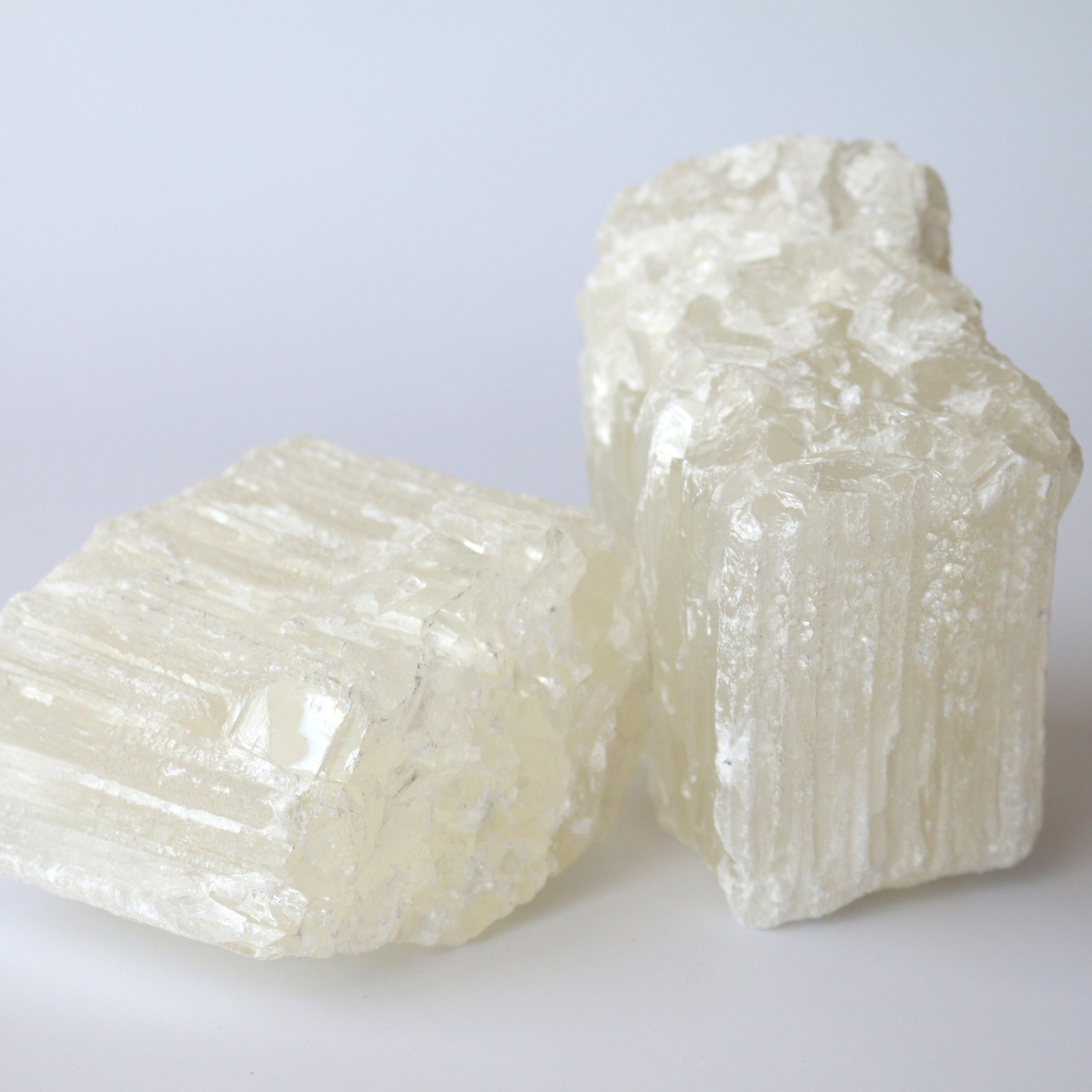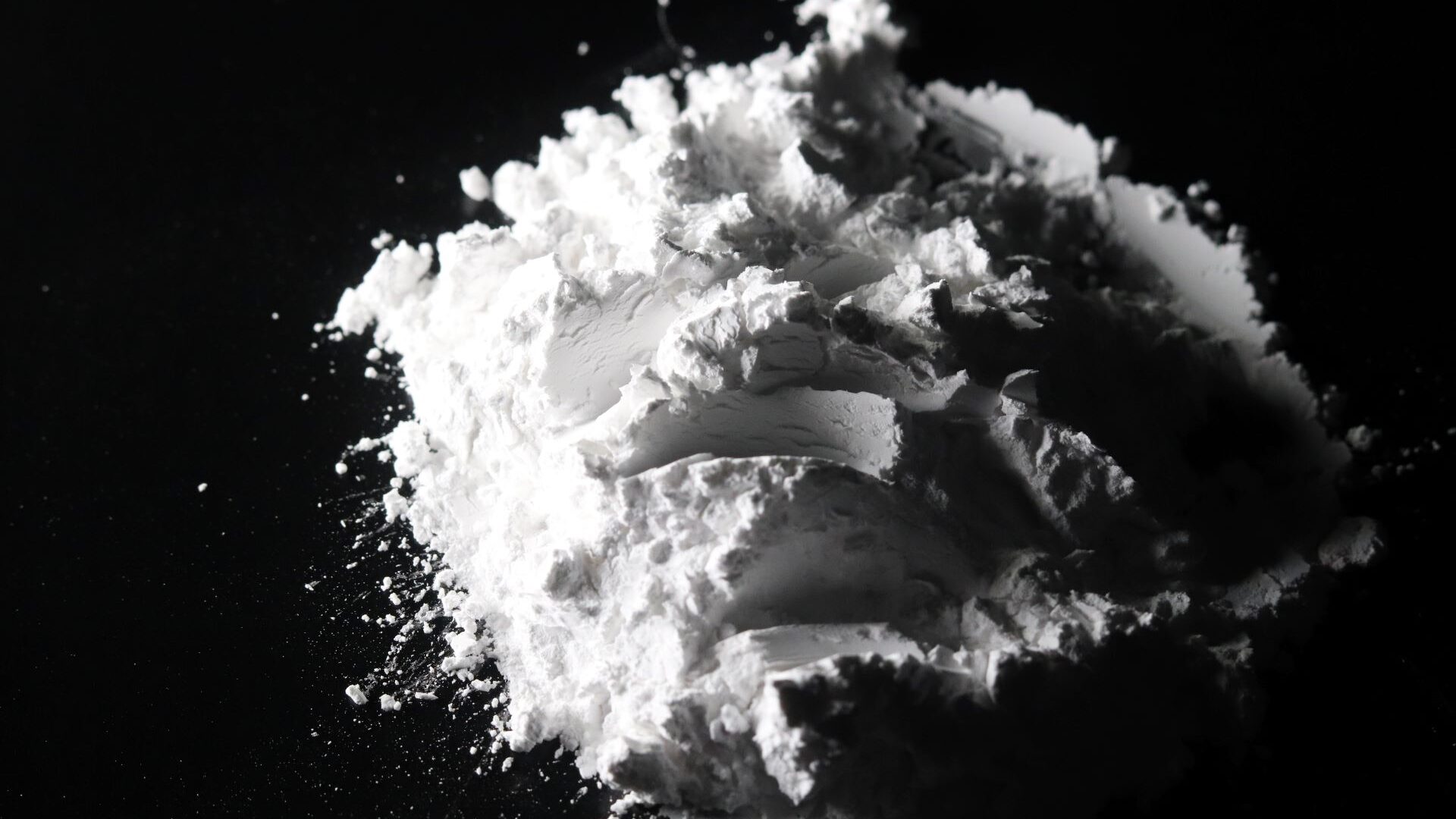For decades, refractory materials have been the bedrock of heavy industries like steel, cement, and glass. However, their role is undergoing a dramatic evolution. Today, the same principles of heat containment and chemical resistance are becoming indispensable for a new wave of next-generation technologies poised to redefine our energy and manufacturing landscapes. From producing green steel to powering the circular economy, advanced refractories are no longer just supporting industries—they are making future innovation possible.
Enabling the Green Steel Revolution
The global push to decarbonize steel production involves shifting from coal-based blast furnaces to processes like Direct Reduced Iron (DRI), often using natural gas or, ultimately, green hydrogen as a reductant. This fundamental change in chemistry creates a new set of challenges. Refractories in hydrogen-based DRI reactors must be highly resistant to attack from hydrogen-rich atmospheres at high temperatures, a completely different environment than that of a traditional blast furnace. Materials with high purity and specific mineralogical compositions are being engineered to meet this demand.
Powering the Hydrogen Economy
Beyond steel, the burgeoning hydrogen economy itself relies heavily on refractories. The production of “blue” and “green” hydrogen through processes like steam methane reforming (SMR) or gasification takes place in reactors lined with specialized materials. These refractories must withstand high pressures and temperatures in atmospheres rich with steam, hydrogen, and carbon monoxide, requiring advanced solutions that ensure both efficiency and longevity.

The Circular Economy’s Front Line: Waste-to-Energy
Waste-to-Energy (WtE) plants and vitrification facilities are at the heart of the circular economy, transforming municipal and industrial waste into valuable energy. The challenge for refractories here is immense. The feedstock is incredibly varied and chemically aggressive, containing a cocktail of corrosive alkalis, chlorides, and heavy metals. To withstand this, refractory linings, often based on advanced silicon carbide composites, must provide exceptional resistance to a wide spectrum of chemical attacks, far beyond what is seen in traditional applications.
Frontiers of Innovation: Advanced Energy and Manufacturing
Looking even further ahead, refractories are crucial for true cutting-edge technologies.
- Molten Salt Reactors (MSRs): Considered a next-generation nuclear technology, MSRs operate with highly corrosive molten fluoride or chloride salts at high temperatures. Containing these salts requires extremely specialized materials like advanced graphite and composites, pushing the boundaries of what refractory science can achieve.
- Advanced Composites: As detailed in a previous post, the manufacturing of aerospace and defense composites often requires molds and tooling made from refractory materials to withstand the high curing temperatures.
The message is clear: as technology advances, the need for materials that can handle extreme conditions only grows. The future is not about a single “magic” refractory, but about a diverse and highly specialized portfolio of materials engineered for the unique demands of each next-generation process.
Your Partner for the Technologies of Tomorrow
At Pennekamp Middle East, we are more than a supplier to traditional industries; we are a materials science partner for innovators. Our comprehensive portfolio of high-purity raw materials and advanced finished products provides the foundational elements required for the next generation of high-temperature technology.
Contact us to discuss your innovative project. Let our materials expertise help you turn your next-generation vision into a reality.














